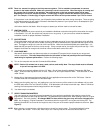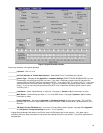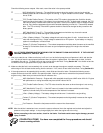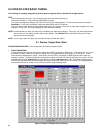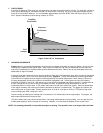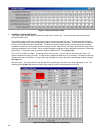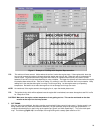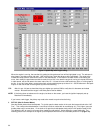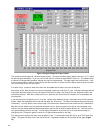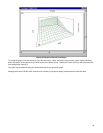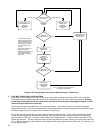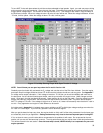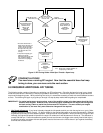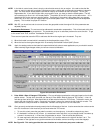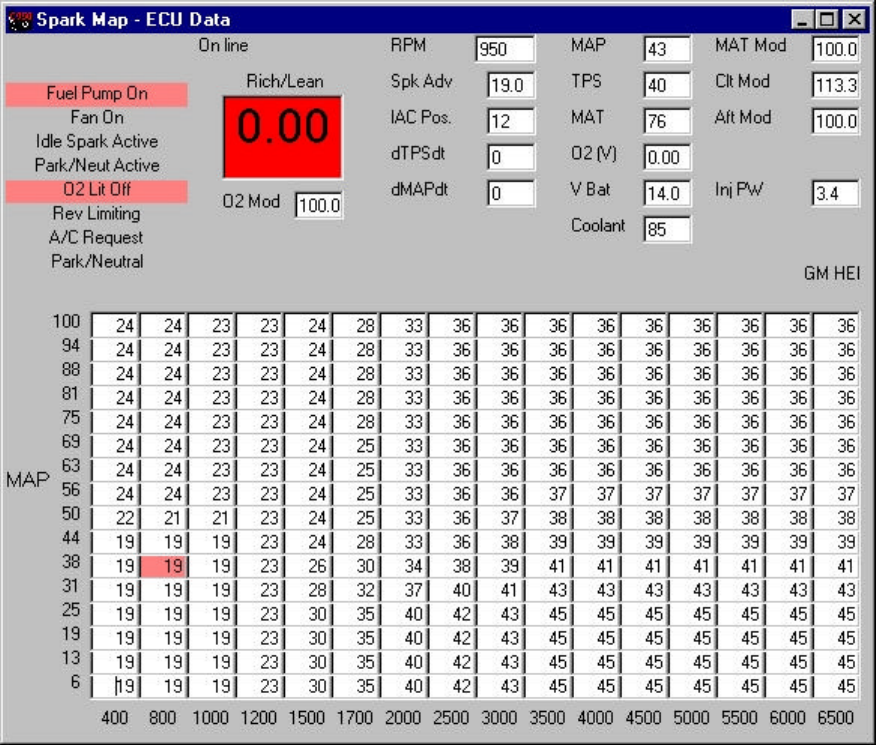
30
Figure 12 Spark Map with Engine Idling
When the engine is running, the area that it is getting its timing advance from will be highlighted in red. The advance is
also shown in the data monitor (spk adv). With a timing light, check the advance at the crankshaft. The value at the
crankshaft needs to be the same as the value on the data monitor. If the value on the data monitor is fluctuating too
much, then modify the spark advance table to make it more “flat” in the area the engine is running to help set the timing.
In other words, set the idle area to the same value, like 15°. It is best to have a dial-back timing light, or a timing tape to
do this. If you don’t have either, most engines have a timing tab that goes up to about 14°. Set the advance in the spark
map to 14 and use the tab on the engine to synchronize the timing.
TIP: After it is set, it is best to check the timing at a higher rpm such as 3000 to verify that it is the same as the data
monitor. Be careful and do not get in the direct path of the fan blades.
NOTE: If the timing does not advance on the engine, but does on the screen, you have the ignition improperly set up.
Resolve this immediately.
If you have a crank trigger, the pickup may need to be moved to synchronize the timing.
6. SET IAC (Idle Air Control Motor)
Next the throttle plates should be adjusted. To do this open the data monitor in the main fuel map and look at the “IAC
Pos.”. This number should be between 10 and 20 at hot idle in neutral with air conditioning off. If it is higher, open the
throttle plates until it moves down. If it is stuck at 10 open the throttle plates slowly until the IAC position reads 10-20.
This allows the IAC to have it’s full range when needed for cold starting. It also allows for a more stable idle. The
following picture is an example of an engine up to temperature with the IAC at a desirable position of 12 (Figure 13).



